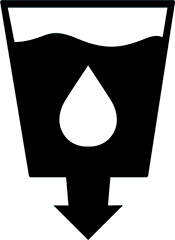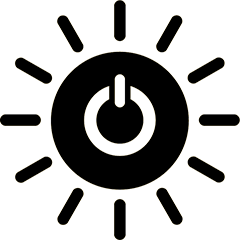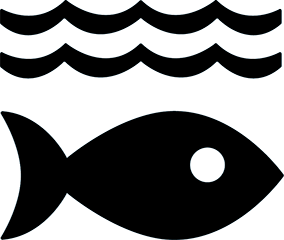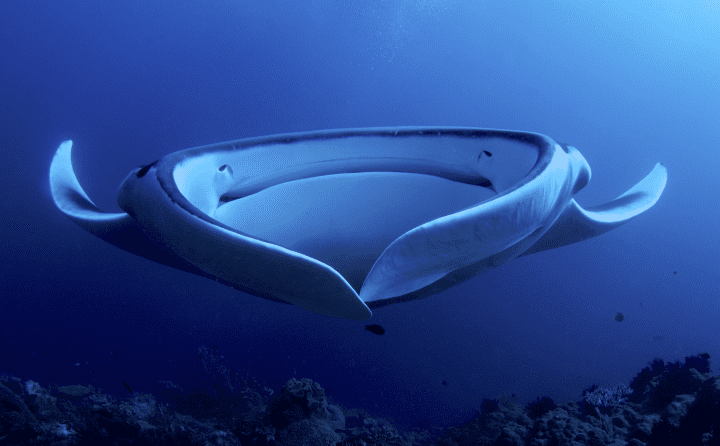Honorable Mention - Middle School
UN Sustainable Development Goals Addressed
-

Goal 6: Clean Water & Sanitation
-

Goal 7: Affordable & Clean Energy
-

Goal 14: Life Below Water
2024 Youth Design Challenge
This design concept was developed by participants in the Institute’s Youth Design Challenge. The descriptions below are from the team’s competition entry materials.
School: Applewild School
Location: Fitchburg, MA
Coach: Alexander Villalta
Team Members: Gunnar Pellegrini, Aubrey Encalade, Steven Xu, Matt Cirone, Oscar Guo, Gregory (Aidan) Migiro, Julian Maldonado Guitierrez, Finlee Abercrombie

Innovation Details
“Dead zones” in the ocean can be caused by algal blooms, which prevent oxygen and sunlight from reaching the organisms beneath them. A team from Applewild School in Massachusetts addressed the issue of “dead zones” by creating an algae filter that doesn’t require electricity. Their Anti-Algae Bloom Filter mimics the basking shark’s method of ram feeding, in which a shark employs a filter-feeding technique with its open mouth. The team’s device traps algae in its mesh filters just as basking sharks trap zooplankton in their gill rakers. The team hopes that their nature-inspired design will have a positive impact on aquatic ecosystems, and also pointed out that the collected algae could be used as a renewable fuel source.
What is the problem your team solved for this challenge? What is the problem addressed? How is the problem connected to the selected SDG/s? (Limit 100 words)
The 6th grade Maple group solved the issue of dangerous algae blooms causing dead zones within the ocean. This is caused by large amounts of algae blocking sunlight to the ocean floor. This connects to the life underwater, clean energy, and clean water.
How was your solution inspired by nature? What (at least two) organisms did you learn from? How effectively did you combine the biological strategies for the final design? (Limit 100 words)
We looked at algae eaters and basking sharks. Algae eaters consume algae directly, showing that it can be used as animal feed. Algae can also be used as fuel for vehicles such as cars and planes. We took the gill design of the basking shark which makes vortices that make spinning areas of water to trap particles in the gills, and made it go 360 degrees and used the circular shape of the algae eaters mouths.
What does your design solution do? How does it solve or mitigate the problem you selected? How did what you learned inform your design? (Limit 100 words)
This filters the algae from the ocean passively using the motion of the water by making vortices in the filter in a manner similar to the basking shark. By using no electricity, it does not release carbon dioxide, meaning any fuel gathered by the filter is carbon negative.

